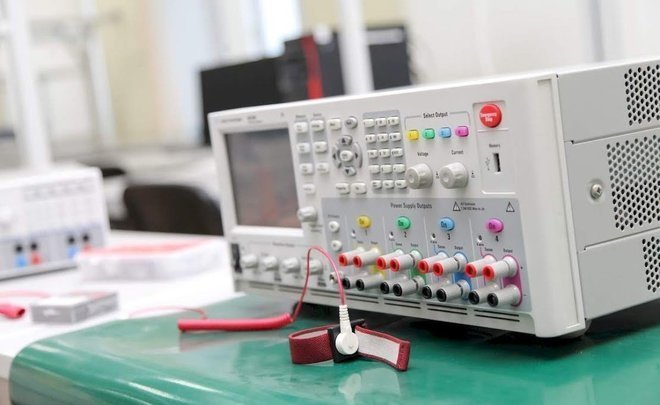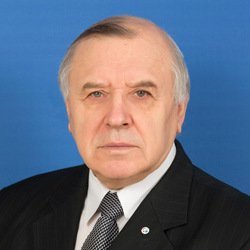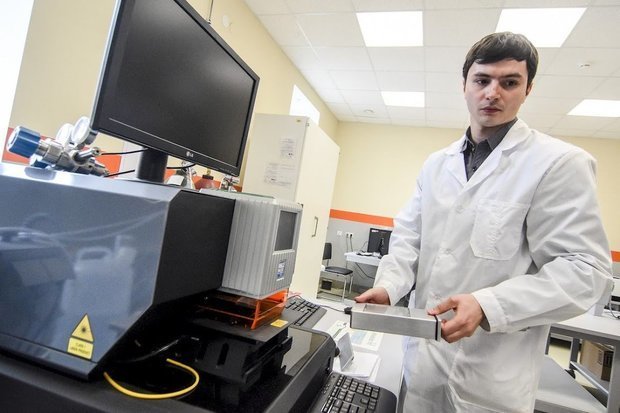“Something is wrong there!” — Tatar scientists refuse to believe in their failures
Tatarstan has dropped out of the top three regions-leaders in scientific and technological development by the end of 2019. Savings on research and the lack of scientists failed the region

Tatarstan showed a bitter result in the federal rating of scientific and technical development. The republic lost its position in the priority direction and dropped out of the top three in the country at the end of last year. RIA Rating conducted a study to assess the level of development of science, creation and application of innovative technologies in various regions of Russia. Realnoe Vremya analysed the scale and reasons for the inglorious fall of Tatarstan indicators.
“I don't believe it!”
In the rating, which is traditionally led by Moscow and St. Petersburg (78,48 and 77,49 at the end of 2019), Tatarstan seemed to have firmly established itself in the third position, which was guaranteed by the powerful petrochemical complex, the presence of large industrial enterprises, huge research base and close interaction of leading universities with production.
Therefore, the news of 'the surrender of positions' to Nizhny Novgorod Oblast snapping at the heel, which rose from 67,34 points in 2018 to 69,02 in 2019, was an unpleasant surprise.

“I've just heard the results of this study from you," Gilmutdinov was surprised. “The first thing to do, in my opinion, is to look at what indicators and how this rating was calculated. I have seen many times that ratings can be approximate, biased... Whatever criteria are used to assess the level of scientific and technological development of Tatarstan, it seems very strange to me that the results are low. I just don't believe in them! Our university is within these processes, and we know very well how Russia and Tatarstan are developing. New high-tech production facilities are being created in our republic, and our petrochemical complex, for example, uses the latest technologies. I can say for sure that Tatarstan is among the leaders, so this rating looks strange. We need to figure it out, something wrong is there!”

“I think this is just some kind of technological failure in the real assessment of Tatarstan. Besides, when you see a large gap in the “worst-best” rating, everything is clear, but when the gap is small, at the border of the balance, I think it is necessary to review the entire structure of incoming ratings. After all, it is very bad in ethical terms when ratings are given without understanding what is behind the data. The worst thing is a formalised approach!”
Last year, the index of the republic fell by 0,84 points — from 68,7 in 2018 to 67,86 points. Therefore, Nizhny Novgorod residents managed to oust Tatarstan from the top three.
“Many times lower than in many developed states”
Places in the rating were distributed in accordance with the integral index calculated for each subject of the Russian Federation, calculated from 19 indicators. In particular, “human resources” were taken into account: the number of employees engaged in scientific research per capita, the share of “young” researchers (up to 39 years), the share of highly qualified employees, the share of employees in high-tech economic activities.
The material and technical base of the regions was evaluated in the following way: the share of new equipment (no older than five years) in scientific organisations, the share of organisations that carried out technological innovations, the ratio of the salary of researchers to the cost of a fixed set of consumer goods and services, the level of “computerisation” of enterprises, internal research costs per capita, the share of innovation costs in the total volume of goods, works and services, and much more.

The researchers took into account the scale of scientific and technological activities — for this, they used the indicators of volume of innovative goods, works and services, the gross regional product generated by the production of high-tech and knowledge-intensive industries, and the number of patents issued in the region. And the efficiency of scientific and technological activities was assessed by the specific weight of innovative goods, works, services in their total volume, the share of products of high-tech and knowledge-intensive industries in the gross regional product and per capita, the number of patents granted per capita, the volume of shipped innovative goods and gross regional product generated by the production of high-tech and knowledge-intensive industries per capita.
The rating was based on Rosstat data. In the comments to the study, it is noted in particular that “in Russia, the share of organisations that belong to innovation-active ones is about 10%" and that “it is significantly lower than in many developed countries of the world” and “the share of innovative products in the total volume of shipped goods in Russia in recent years has been about 6% on average, while in many developed Western European countries this figure is much higher”.
More freedom — lower rating
“I think that a regional policy that promotes participation in national projects and somehow contributes to the redistribution of the federal budget and their inflow to the region can certainly affect production and industries that are tied to the technology sector," says Viktor Stepanov, a member of the RASNO (Russian Association of Students for Science and Education Development) board of directors and member of the State Duma Expert Council. “And as in all markets, there is also volatility, the parameters can move depending on what policy the region is currently pursuing. In a situation where the budget flows to Moscow and then goes to the regions, any region is interested in attracting funds, including for high-tech projects. And Nizhny Novgorod Oblast is no exception, there is a well-developed industry. Perhaps, they proved themselves in this fight in 2019 — and this also played a role.
“Or maybe the loss of positions has something to do with that in 2019 Tatarstan focused more on supporting and developing practical projects — profitable, contributing to the improvement of the economic situation, but not knowledge-intensive?" said the correspondent of Realnoe Vremya.

Besides, Viktor Stepanov believes that the current “trend to increase the number of small businesses and self-employment could also have an impact”:
“Many scientific cadres switched to non-intellectual-intensive business activities due to forced circumstances, but now this happens at their will, since this activity gives more freedom. But they don't get into the rating!”
“We are lagging behind in terms of patents, the rest doesn't matter”
“We need to see what constitutes the rating indicators," Myakzum Salakhov, the president of the Academy of Sciences of the Republic of Tatarstan, — became interested in the bitter fall of Tatarstan in the Russian “research and production” rating, and after delving into the structure of the indicators taken into account by the rating authors, he sighed: “Yes, our situation with patents has become a little bit worse.”
“Is this due to that the registration of patents is expensive for their authors?" the correspondent of Realnoe Vremya asked.
“Yes.”

“The downgrade could have occurred for various reasons, but this is not a reason to draw conclusions," he said. “They can be done after at least three years. If the indicators decline within three or even five years, then we can say that there is a trend. But the case when the indicators fell by one and Nizhny Novgorod overtook us, where there are many defense enterprises, where patent activity is well established and a good university, then we are on the same level, and the difference is at the level of 'noise' (minor fluctuations in the indicator — editor's note). And I wouldn't draw any conclusions right now.”
In contrast, Myakzyum Salakhov cited Ulyanovsk, which lags behind Tatarstan by almost 10 points, but moves up in the rating scale from year to year:
“There is a lot to learn there over the past 3-4 years, as President of Tatarstan Rustam Minnikhanov said — that in the field of science per capita, they began to grow.”
Salakhov believes that now it is necessary to analyse by what positions the republic “sank” in the rating. Then, they say, it will become clear why the indicators have fallen.
Save on research and salaries
“It should be noted that Tatarstan and Nizhny Novgorod Oblast are very close in terms of scientific and technological development," the ministry of education and science of Tatarstan responded to the question of Realnoe Vremya, which caused the fall. “Despite the fact that our republic surpasses Nizhny Novgorod Oblast in terms of a significant number of indicators used in the rating, there are a number of indicators that we are traditionally inferior to them due to the specifics of the research and development sector in the region under consideration. These are indicators such as 'internal research and development costs' and 'number of research staff'.”
According to the ministry of education and science, a significant from Nizhny Novgorod Oblast is primarily due to that today the largest research centres, design bureaus that operate in the military-industrial complex and nuclear technologies are concentrated there.
“If in recent years the indicators of the number of researchers and expenditures on science in Tatarstan have stabilised at a certain level and have a certain tendency to grow, then in Nizhny Novgorod Oblast, there is a significant increase in them, due to the close attention paid in the country to these branches of fundamental and applied scientific research," the ministry reported. “Thus, with a high degree of probability, we can assume that this situation is largely characterised by the influence of the above factors.”